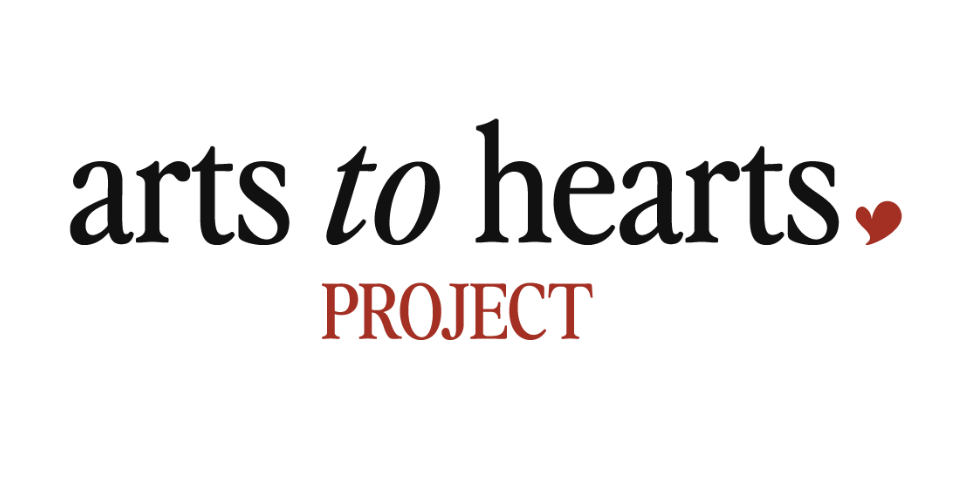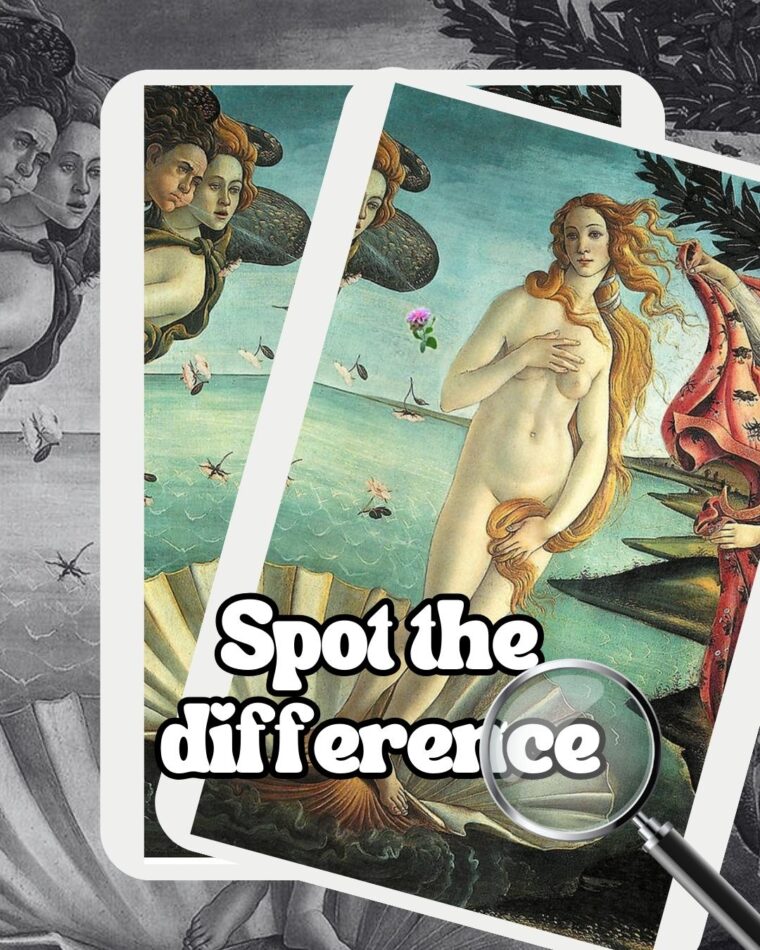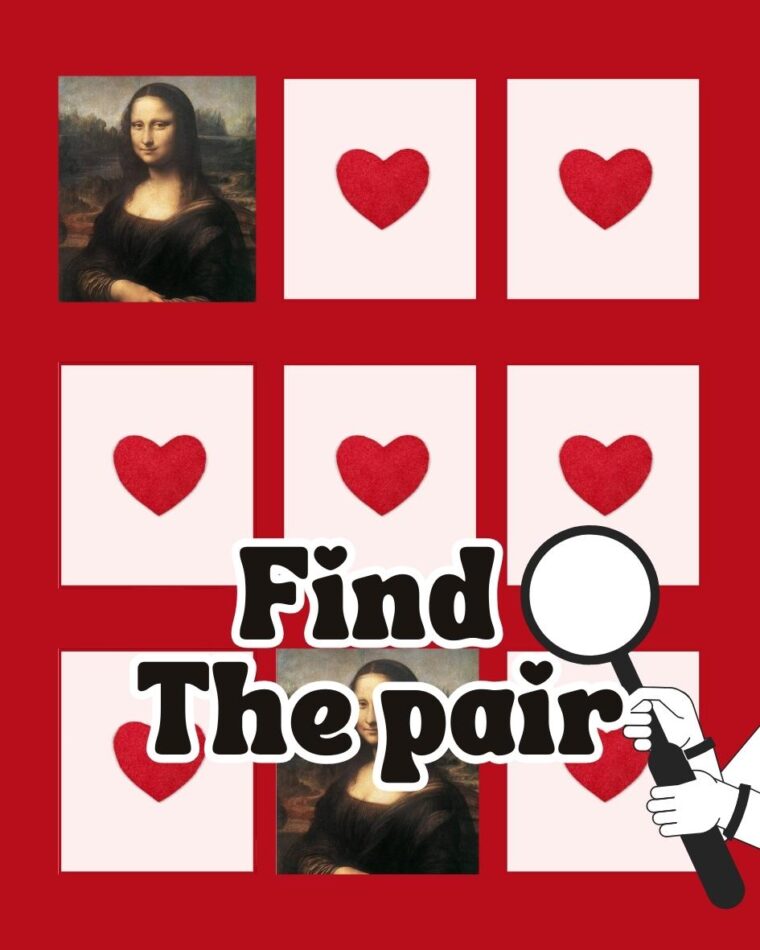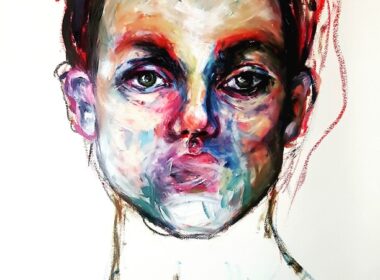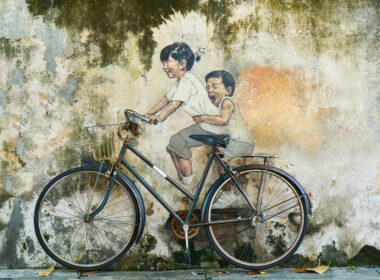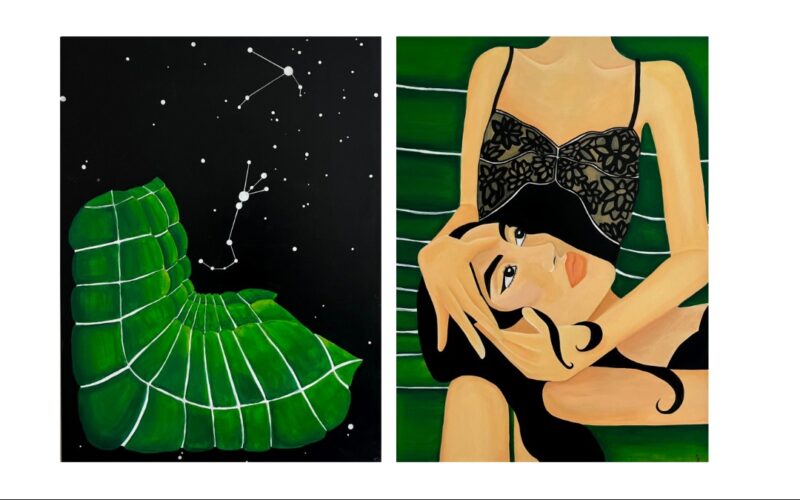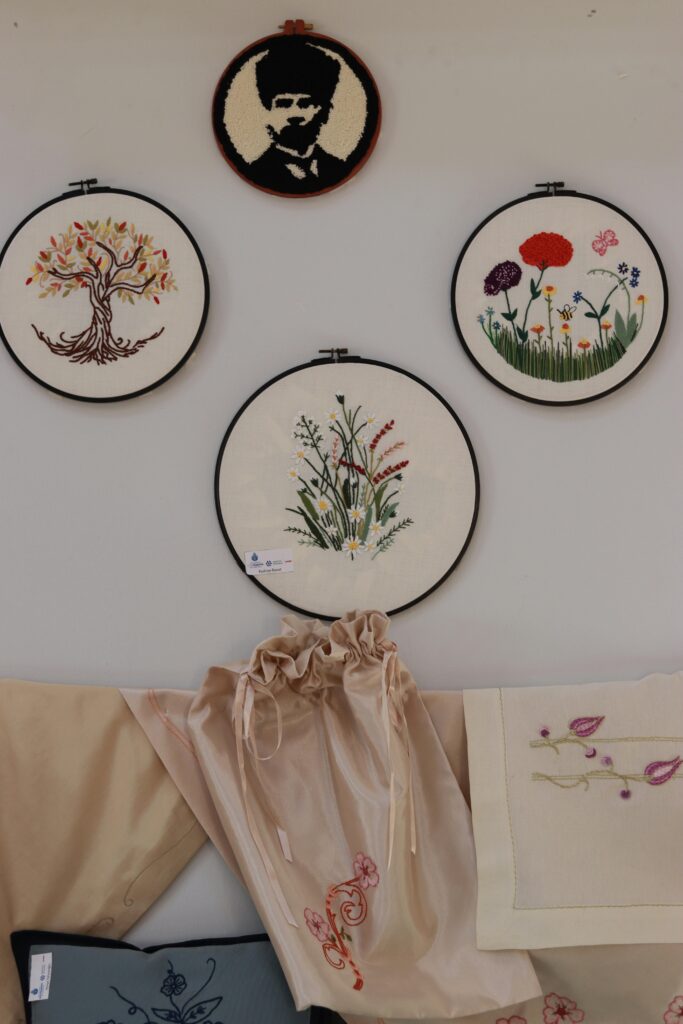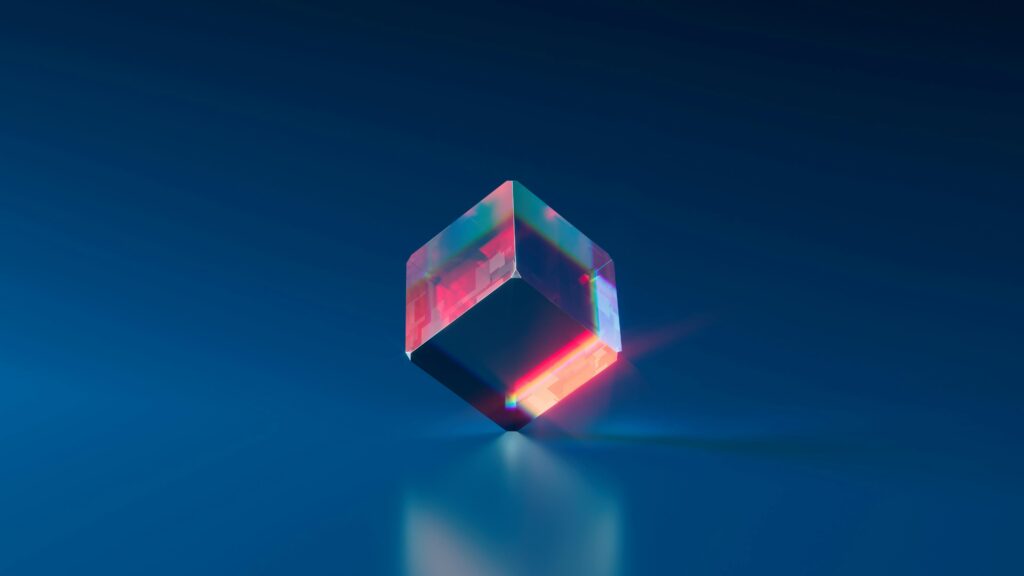
The Benefits of Collaborating with Other Artists
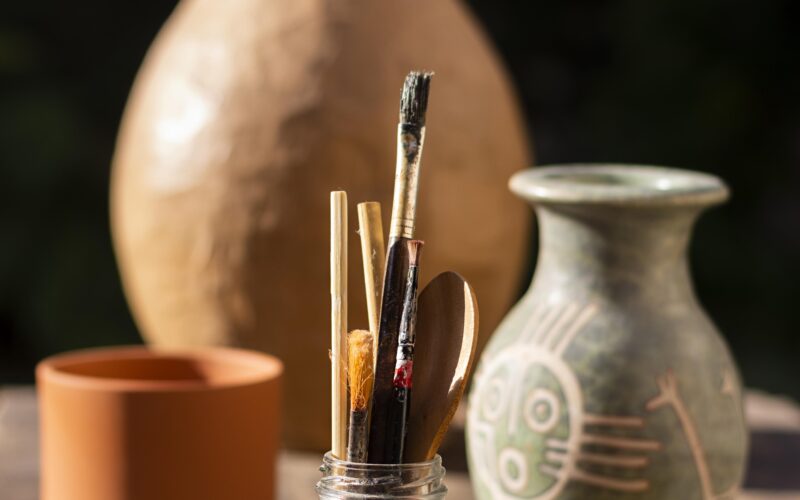


Being an artist can feel pretty lonely sometimes, right? You spend hours or days, in your own little creative bubble, working on something you’re passionate about… but also wondering, “Am I doing this right? Is anyone even going to see this?” That’s where collaborating with other artists comes in.
Collaborating with other artists can change your entire creative experience. It’s not just about doing a joint project or combining styles; it’s about connection. Growth. Perspective. It’s about building something together that you probably couldn’t have created on your own.
And I’m not just saying that to sound inspirational. There’s actual science and stats behind collaborating with other artists. According to a 2019 report by Fractured Atlas, an arts service organization that supports independent artists and organizations, artists who engaged in collaborative projects reported significant growth in experimentation, adaptability, and problem-solving. That’s not a small number.
So, let’s talk about why collaborating with other artists is one of the smartest and most fulfilling things you can do as an artist.
You See Your Work in a Whole New Way

You know how sometimes you get so deep into your own style or process that you forget there are other ways to do things? Yeah, me too. One of the best things about collaborating is that it instantly pushes you to see differently.
Let’s say you’re a painter, and you team up with someone who does digital art. Suddenly, you’re thinking about color in layers, or how your brushwork can be scanned and manipulated. Or maybe you’re a photographer working with a spoken-word poet, and now your images need to carry rhythm and mood, not just composition.
You start asking questions like:
- What would this look like if I tried it their way?
- Why do I always default to the same structure or palette?
- Could this idea evolve into something bigger with a second brain on it?
These questions aren’t signs you’re lost; they’re signs you’re growing. Every collaboration with other artists I’ve done has left a fingerprint on how I create now. And that wouldn’t have happened if I kept working in a vacuum.
You Get to Share Audiences and That’s a Big Deal
Let’s talk visibility, because yes, we all want our work to be seen. One of the most practical upsides of collaborating is audience crossover.
When you work with another artist, you’re essentially doubling your reach, without doing double the work. Their audience gets introduced to you, and yours to them. But more importantly, it’s not just exposure for exposure’s sake. It’s a warm introduction. People trust recommendations, and when they see two creatives vibing together, it creates real interest.
Here’s a quick example:

In 2021, digital illustrator Lisa Congdon teamed up with ceramic artist Lindsay Emery, founder of Suite One Studio, for a limited-edition collection of hand-painted tableware. Lisa designed the surface illustrations, while Lindsay translated those designs onto her signature porcelain pieces. What happened? Their audiences, one rooted in digital design and illustration, the other in high-end ceramics, merged beautifully. Lisa’s followers, who loved her bold graphic patterns, were introduced to functional ceramics, and Lindsay’s collectors were drawn into the world of fine illustration. The collaboration sold out quickly and brought long-term growth to both artists’ brands, without any hard marketing. It was organic, intentional, and mutually beneficial.
So if you’re wondering how to grow without “networking” in that awkward, hand-shaky way? Collaboration might be your best bet.
It Pushes You Out of Creative Comfort Zones
Let’s be real, we all have our creative habits. Our “safe zones.” You know what I mean: that color you keep coming back to, that layout that always works, that subject you could draw in your sleep.
But when you collaborate, you can’t just default to what’s familiar. You have to stay open. Curious. Flexible. And that, my friend, is where the good stuff happens.
Working with someone else means:
- You might need to work faster or slower than usual
- You might try materials or formats you’ve never touched before
- You’ll likely see your creative “flaws” more clearly (but in a good way!)
Here’s a real example that still sticks with me:
In 2012, celebrated visual artist William Kentridge collaborated with choreographer Dada Masilo, one of South Africa’s most exciting contemporary dancers, for a performance titled “Refuse the Hour.” Kentridge, known for his animated drawings and films, created projected visuals and live drawing sequences that interacted with Masilo’s choreography and the performance’s soundscape.
The result was a striking blend of moving image, text, movement, and sound. Kentridge had to adapt his typically linear visual storytelling to respond to Masilo’s timing, rhythm, and emotional intensity. For Kentridge, this collaboration was a leap outside his usual studio-based solo work.

You Build Real Creative Relationships
Look, I love a good Instagram DM or a quick comment thread as much as the next artist. But nothing replaces real, working relationships. Collaborating gives you a reason to go deeper with someone, not just liking their work, but building something together.
Some of my closest creative friendships started with a tiny shared project:
- A group show
- A guest feature in a zine
- A co-hosted IG Live
- A shared sketchbook swap
And because we worked well together, we kept in touch. Those little collabs often lead to bigger things, a residency application, a grant proposal, or even just someone you can call when you’re doubting your work and need honest feedback.
Trust me, having a few people in your corner who “get it” is worth everything.
Plus, more and more organizations actually look for collaborative history in grant apps and exhibitions. They want to see that you can work with others. That you’re flexible, engaged, and community-minded. So it’s not just good for your heart, it’s good for your portfolio too.
You Don’t Have to Do It All Alone
There’s this myth in the creative world that you have to do everything yourself. Be your own team. Hustle in silence. Make it on your own.
Honestly? That’s exhausting, and totally outdated. Some of the best work you’ll ever make will be the result of someone else adding their energy, perspective, and skills into the mix.
It’s okay to not have all the answers. To not be a genius in every area. When you collaborate, you’re essentially saying, “Let’s build something together that neither of us could do alone.” And that’s powerful.
Also? It’s just more fun. It brings the joy back. The play. The spark. You get to make stuff and connect at the same time, and that’s kind of the dream, isn’t it?
A Few Real Ways to Start Collaborating
Okay, so maybe you’re reading this and thinking, “Yeah, this sounds great… but where do I even start?” Totally fair. Here are a few low-pressure ways to dip your toes in:
- Zine swaps or artist books: Ask one or two creatives if they’d like to contribute pieces to a small digital or printed publication.
- Instagram takeovers: Offer to swap IG accounts for a day and share each other’s process.
- Joint challenges: Create a weekly theme and both post your interpretations.
- Collaborative reels or carousels: Merge two art styles, side-by-side, and post as one project.
- Virtual studio visits: Jump on a Zoom call, show each other your workspaces, and brainstorm together.
The key? Keep it simple. Don’t overthink it. Collaboration doesn’t have to be massive to be meaningful.
Put Your Best Self Forward

Collaborating with other artists isn’t just a creative experiment; it’s a mindset shift. It’s saying, “I’m open to learning, evolving, and connecting.” It’s proof that you’re not just in this for yourself, you’re in it for the bigger picture.
And honestly, the more you collaborate, the more confident you become—not just in your work, but in your voice. You realise that creativity isn’t a straight line. It’s a web. A map. A conversation.
So if there’s someone whose work you admire, someone whose energy feels like it aligns with yours, reach out. Start small. See what happens. The worst thing that could happen? Nothing. The best thing? You might create something unforgettable and make a lifelong creative ally in the process.
And hey, if you want help drafting a pitch to another artist or brainstorming collab ideas, I’m always here. Let’s make magic happen, together. Check out Arts To Hearts Project for more useful insights.

